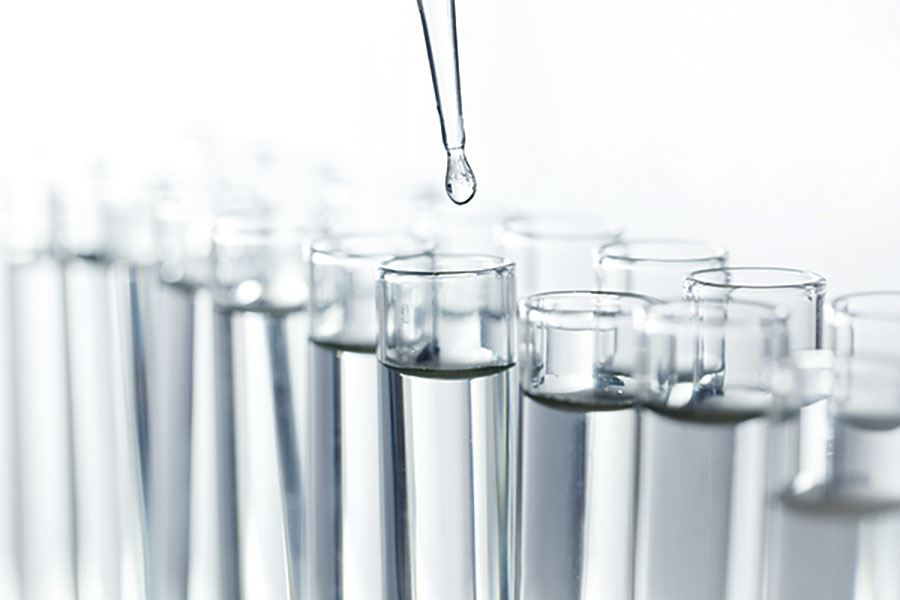The Hayflick Limit
The Hayflick Limit: is it the key to the length of life?
We have talked in previous editions about that this limit but because it is so important let’s recap. American microbiologist and anatomist Leonard Hayflick, who is currently 91 years old, found that human tissue (from the lungs, in this particular case) ended up dying once the telomere cells, or chromosome terminals, had split about 50 times, and that they showed signs of deterioration as they approached that time. This means our molecules are produced and replaced correctly until we reach reproductive maturity, which ensures the survival of our species. However, once we have given birth to the next generation, and taken care of them until they can fend for themselves and give birth to another generation, we have accomplished our mission. This is what history has proven throughout 99.99% of time since humans existed – there are no remains of people who lived to old age from the Paleolithic period – they only began to appear after the agricultural revolution when people began to look beyond just obtaining food. So are we now closer to living longer, happier and more functional lives? This has become perhaps the main dilemma of our existence – one that forces us to become inventive and fight to survive, which is what prompts articles like this.


Efforts To Extend Life Led To The Start Of Anti-Ageing Medicine
Such efforts are already 5,000 years old! They date back to the time of the Sumerian poem of Gilgamesh, in which the hero goes in search of his ancestor Ut Napisti to reveal the secret of immortality. But we had to wait until 1955 – a year before John McCarthy first spoke about artificial intelligence – for JG Gruman to come up with the term “anti-ageing medicine”, an ambiguous name at the time for something that has since grown exponentially. Indeed so many people now go to these anti-ageing clinics that they have sprung up everywhere. We are not referring here to cosmetic surgery to correct aesthetic imperfections, such as rhinoplasty, liposuction or breast enhancement, which besides their psychological benefits are unlikely to add any years to life or improve the body’s functionality.
What we are referring to here are attempts to overcome the Hayflick Limit, or any other barriers that prevent us from emulating Methuselah, who according to the Bible lived to be 969. Can we end old age and all of its blunders?
Let’s consider again the natural wearing process that afflicts all living beings. It results in changes to our cells, tissues and organs and has existed since our species began. It occurs most notably from the beginning of the end of our reproductive capacity. This is the reason why, during the long period between the appearance of homo sapiens and the agricultural revolution – indeed some would say until the industrial revolution some ten thousand years later – barely 50% of humans survived childhood. People did not usually live longer than 50 years and only very rarely went beyond 60. Just one in 5 in the Roman empire achieved this and just one in every thousand reached their 80s. Nature seemed to arrange for men and women to have enough time to have children, take care of them adequately by providing food for them and defending them against attackers. Anything beyond this was deemed surplus to requirement, not because we didn’t want it but because nature itself did not allow it.
Now, if we are honest and accept the current state of medical technology, most of us would be happy if we could die at the end of our 90th birthday having lived happily and healthily, with a reasonably attractive appearance, until that point.
Beyond the limits of HAYFLICK
We already know that telomeres or chromosome ends stop reproducing when their cells divide more than 50 or 60 times. This limits the number of people living beyond one hundred years old. There are currently one million centenarians in the world, but only a few hundred aged over 110 and no one over 120. When a cell divides, telomeres shorten, which reduces life expectancy. Eventually they are unable to protect our DNA, which leads to what is known as death from old age. Currently, proven anti-ageing technology does not exist; we only know of ways to reduce the speed at which ageing occurs by using the kind of methods that fitness enthusiasts are already aware of: regular exercise, stress control and reducing caloric intake while boosting the supply of nutrients to ensure our bodies receive everything they need. There is no escaping the fact that metabolic processes lead to permanent wear, and the more it accumulates the more our existence is in jeopardy. Remember, the development of these processes occurs in mitochondria or energy systems that are located in dangerous parts of the cells, and as the biologist Aubrey de Gray explains we have to attempt to modify the processes in order to create a more secure and stable environment.
But do not be disappointed by everything you read here. We can already slow down ageing and enjoy more fulfilling lives by staying fit and sticking to a healthy lifestyle. The first thing to focus on is how we can prepare for a healthy old age, free of discomfort and pain so that we can do what we like and are able to enjoy eating whatever we like and be able to digest it well. Then comes the functional side: being able to keep moving quickly for a reasonable amount of time, go up and down stairs, lift and transport loads. Finally – and it will be welcomed by the companies that sell youth – there is the cosmetic side of things – having an attractive face and body, even if it no longer exudes the radiance of youth. We will talk about this in more detail in our next issue.
